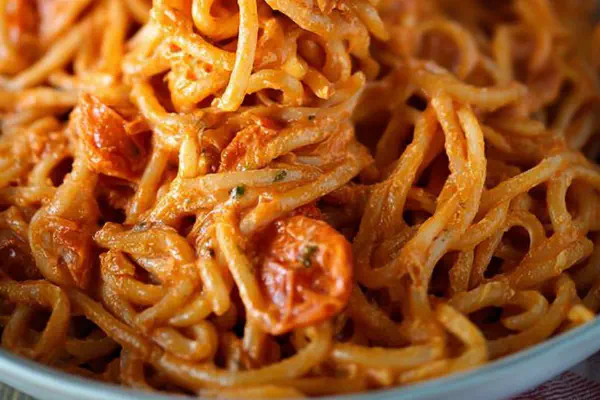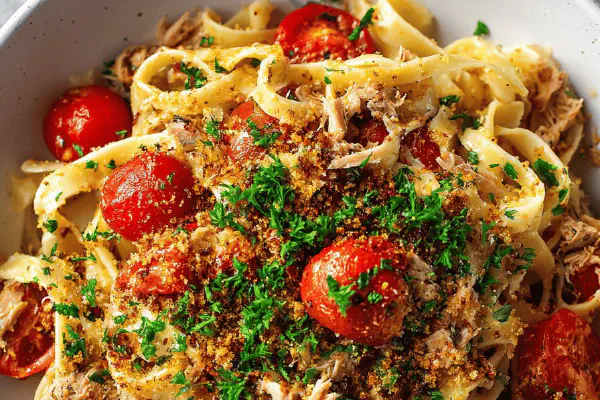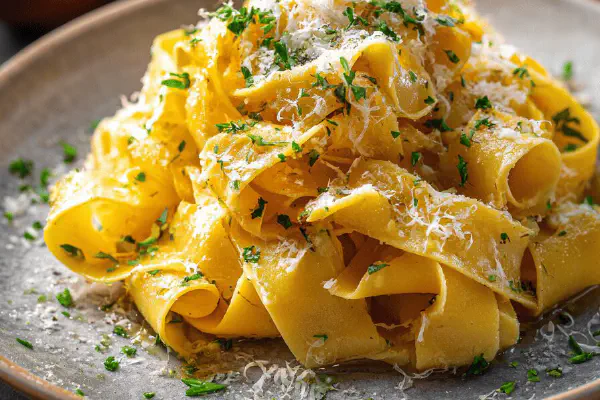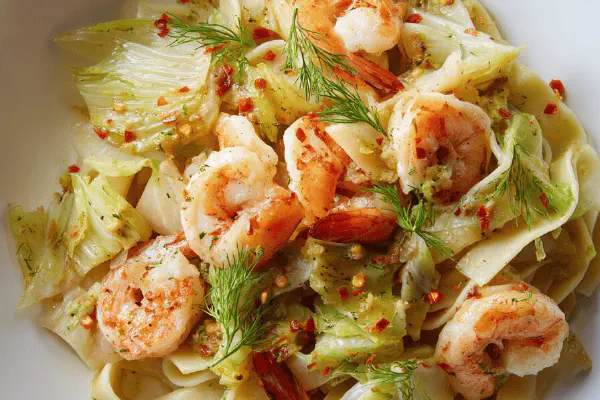Featured Recipe
Stuffed Heirloom Tomatoes
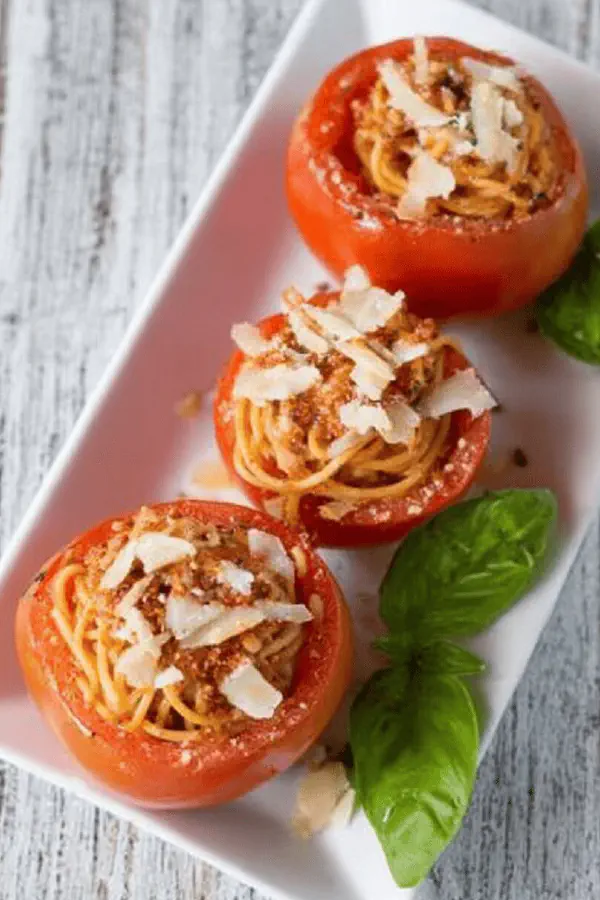
By Kate
"
Whole heirloom tomatoes turned into rich vessels for a herbed pasta filling. Onions slowly sweetened in oil, garlic soft but not burnt. Sauce infused with fresh herbs, chunked tomato flesh folded in for extra texture and tang. Pasta cooked al dente, tossed lightly with robust sauce melded inside ripe tomato shells. Oven warming tomatoes through just enough to marry flavors, melt cheese topping gently to finish. Serving with reserved tomato caps adds rustic charm. Variations on herbs and cheeses keep this versatile. Watch for watery tomatoes or mushy shells; firmness imperative. Simple, layered, mindful technique for satisfying from start to finish.
"
Prep:
20 min
Cook:
30 min
Total:
50 min
Serves:
4 servings
veggie
pasta
baking
Italian
heirloom
Introduction
Tomatoes softening, hollowed out just right — no bruises, firm but not rock hard. The smell of onions sizzling, slowly turning translucent in a pool of easy olive oil. Garlic joins last, pungent but not overcooked. The sauce thickens gently, with fresh oregano lending a woodsy aroma that lifts a simple marinara into something sharper, brighter. Pasta strands slipping through boiling water until tender—watch it closely, not mushy, al dente is king here. Mixing scooped tomato flesh into sauce adds subtle texture and intensifies fresh flavor. Filling the tomato shells with tangled noodles bathed in sauce. Baking slowly, low heat coaxing flavors to meld without collapsing the tomatoes. Cheese melts lightly, a final touch that adds salty richness. A rustic meal, midweek comfort with complexity behind an ostensibly simple dish.
Ingredients
About the ingredients
Heirloom tomatoes vary wildly in size and firmness — feel before buying. Look for slightly firm, heavy for their size with taut skin to hold filling without leaking. Capellini or angel hair pasta work well here; they soak sauce without becoming clumpy. Olive oil is traditional, but avocado oil is a good neutral substitute with a higher smoke point, safe for sautéing garlic. Marinara can be swapped for spicy arrabbiata to add heat or a smoky chipotle version if you want to take risks. Fresh oregano dominates here, but if you only have thyme, it’s a worthy replacement with less assertiveness. Pecorino Romano adds a sharper edge than Parmesan; you can mix the two to balance salt and milder sweetness. If no cheese, breadcrumbs mixed with herbs and a touch of olive oil provide a pleasant crunch topping.
Method
Technique Tips
Don’t rush boiling pasta; texture is everything. Use a large pot for water to circulate freely, toss soon after draining with a touch of oil to prevent sticking. The slow oven temperature is critical — tomatoes build flavor during gentle warming, not roasting. Overheating shrinks them too much, turning stuffing to mush. Sauté onions slowly, frequent stirring to bring out natural sweetness without burning; garlic is added at the end to avoid bitterness. Integrating hollowed tomato flesh into sauce prevents watery gaps and intensifies freshness. When filling tomatoes, use a fork or small spoon and gently swirl pasta inside so sauce coats well. Bake uncovered for vapor to escape, capturing a lush but not soggy interior. Cheese topping melts easily; avoid broiling unless you want a scorched crust. Serve right away, or tomatoes turn mealy and lose integrity. If you must prep early, cool completely then rewarm gently wrapped in foil.
Chef's Notes
- 💡 Choose firm heirloom tomatoes; squeeze them gently. Look for heavy ones with taut skin. Avoid any bruises. Make sure they can hold filling upright.
- 💡 Pasta needs attention—boil until just al dente; watch closely. Drain quickly, toss with oil to prevent sticking. Time is key for texture.
- 💡 Low temperature for baking is crucial—225 degrees F maintains shape, prevents mushy interiors. Let those tomatoes warm gradually, meld flavors.
- 💡 Pay attention to onions; don’t rush them. Stir often, gentle heat brings out sweetness. Keep garlic last in the pan to avoid bitterness.
- 💡 When filling tomatoes, leave some space at the top. Sauce will spread inside, adding flavor. Overpacking might cause them to burst.
Kitchen Wisdom
Best tomatoes for stuffing?
Firm heirloom ones preferred. Look for heaviness. Taut skin matters. Soft, bruised tomatoes won’t hold.
Can I prep ahead?
Yes, but cool completely. Wrap and reheat gently. Do not overcook, or they’ll turn mushy. Watch closely.
What if tomatoes are watery?
Drain excess moisture. Avoid overly ripe ones. Firmness key for stability; scoop out seeds softly.
Any substitutions for cheese?
Try breadcrumbs mixed with herbs. Or mix different types of cheese. Pecorino or Parmesan works well.
